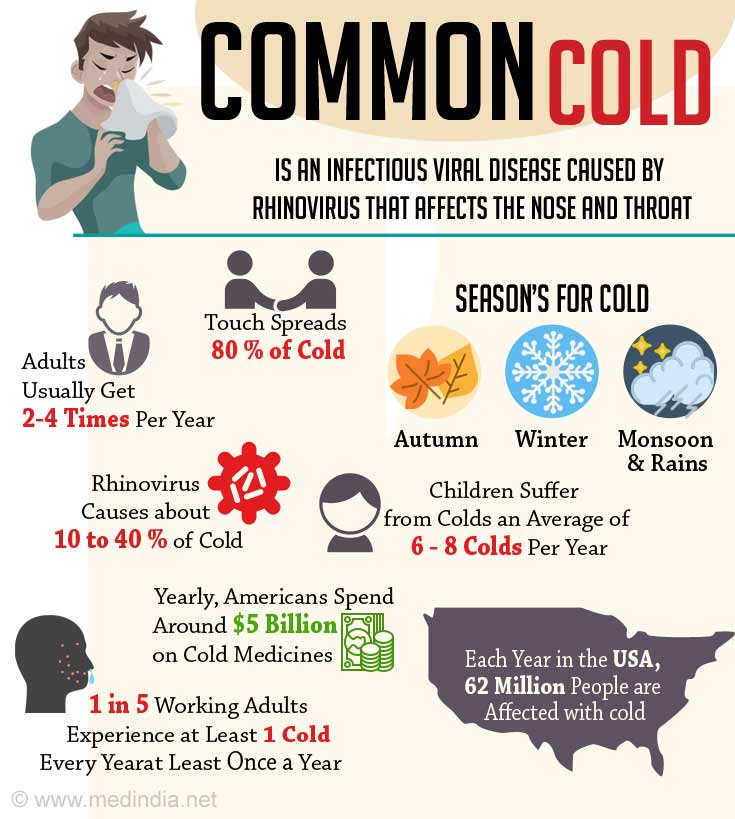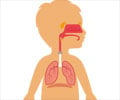About
Cold is an illness that is short in duration, usually less than two weeks, does not usually produce fever, except in children. It is most prevalent among children, and seem to be related to youngsters' relative lack of resistance to infection and to contacts with other children in schools. The common cold causes irritation and drainage in any or all of the airways including the nose, sinuses, throat, voice box, and often the bronchial tubes.
It is a viral infection, caused by Rhino virus. Viruses are microscopic organisms which invade the mucus cells of the nose, to disrupt the normal function and then use the cells for viral reproduction. There are more than over 200 strains of viruses capable of causing cold. Each time a cold infection is caused by a different strain of rhino virus. Infection may be helpful by excessive fatigue, emotional stress and other factors that weaken the body's immune defenses.

Once you get infected with a strain, your immune system develops anti-bodies to that particular strain. Bacteria that live in the nose and throat can gain a foothold and cause secondary infection such as ear infections, bacterial sinusitis and bacterial bronchitis. So a person gets infected only once in his/her lifetime by a particular strain of virus.
















